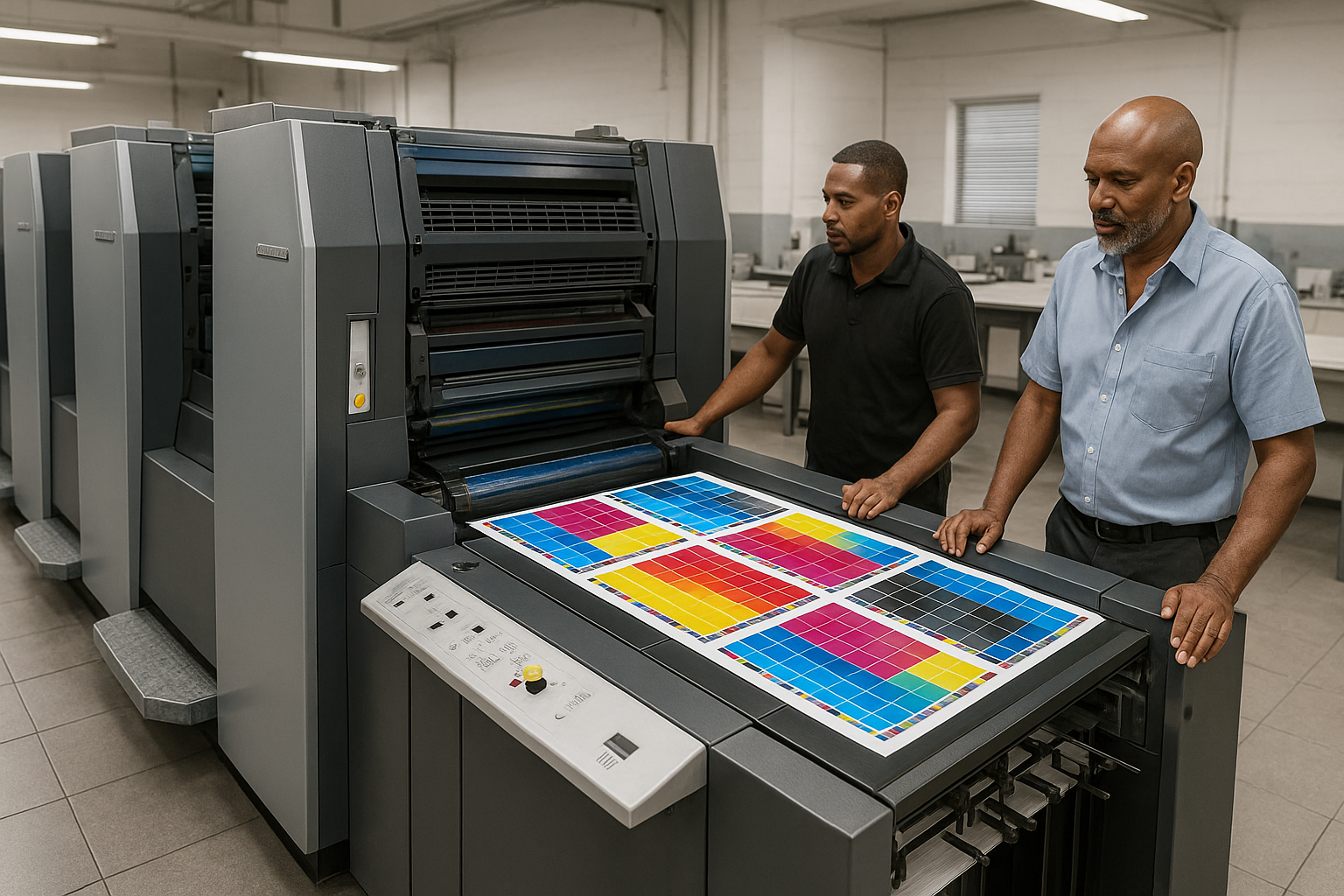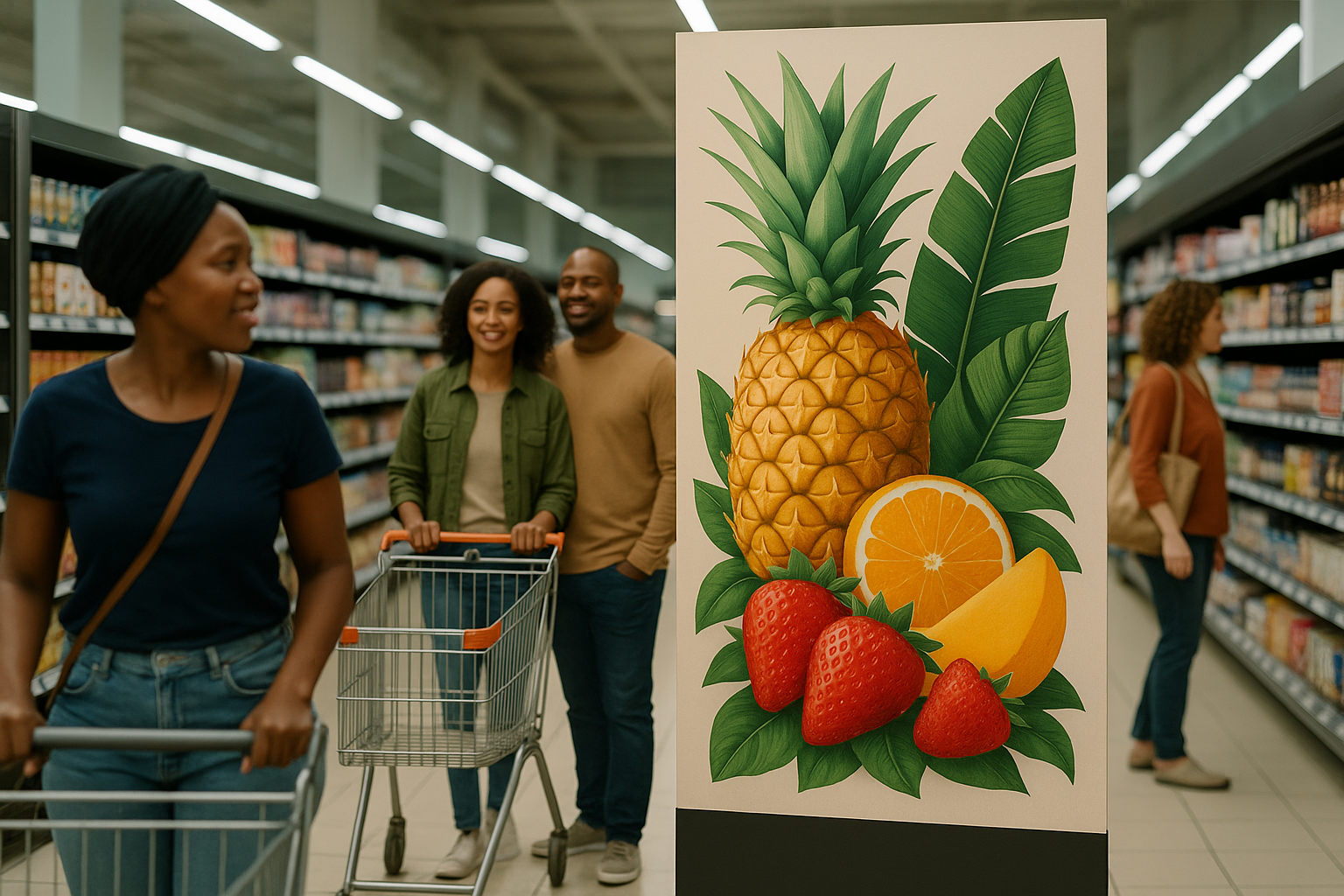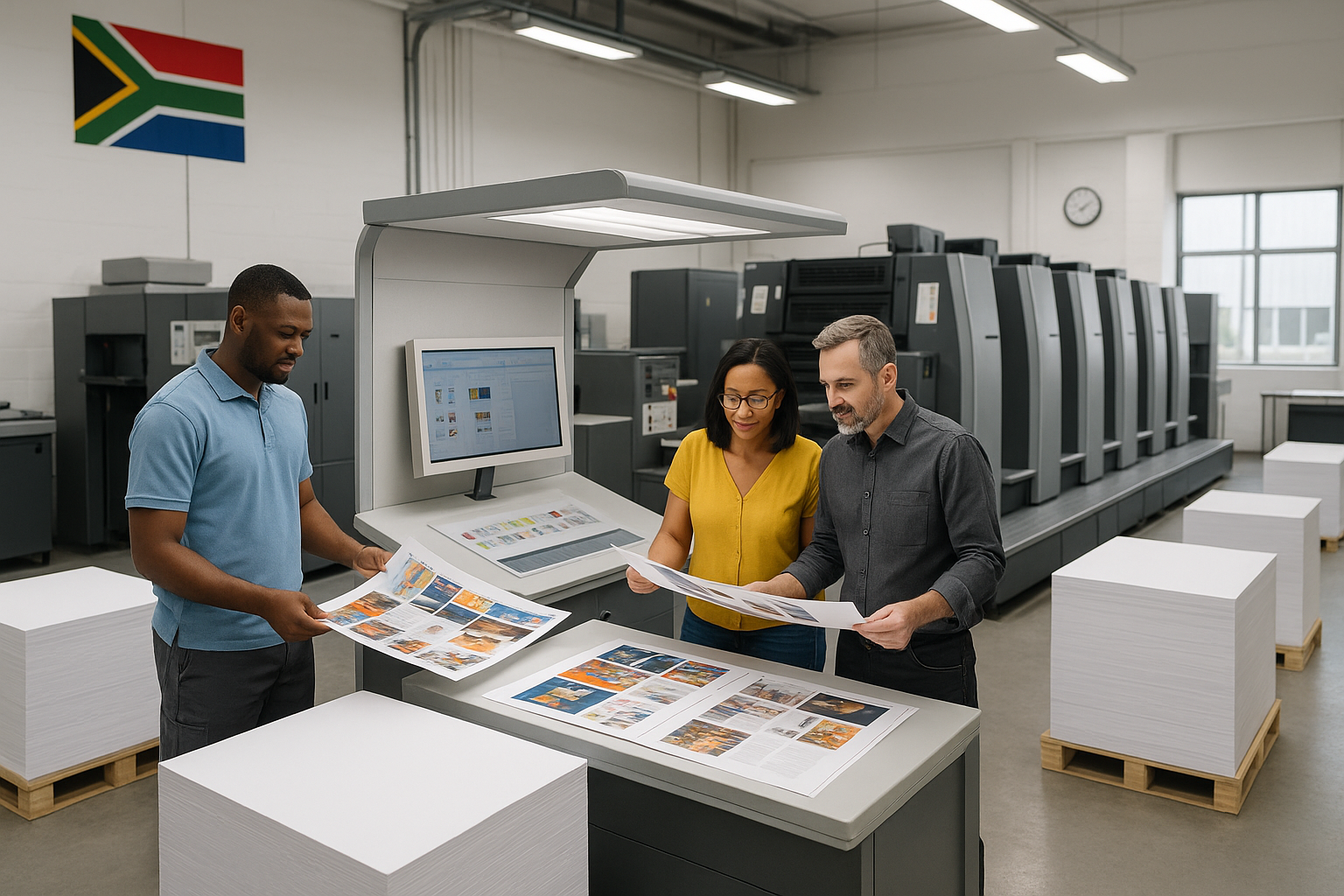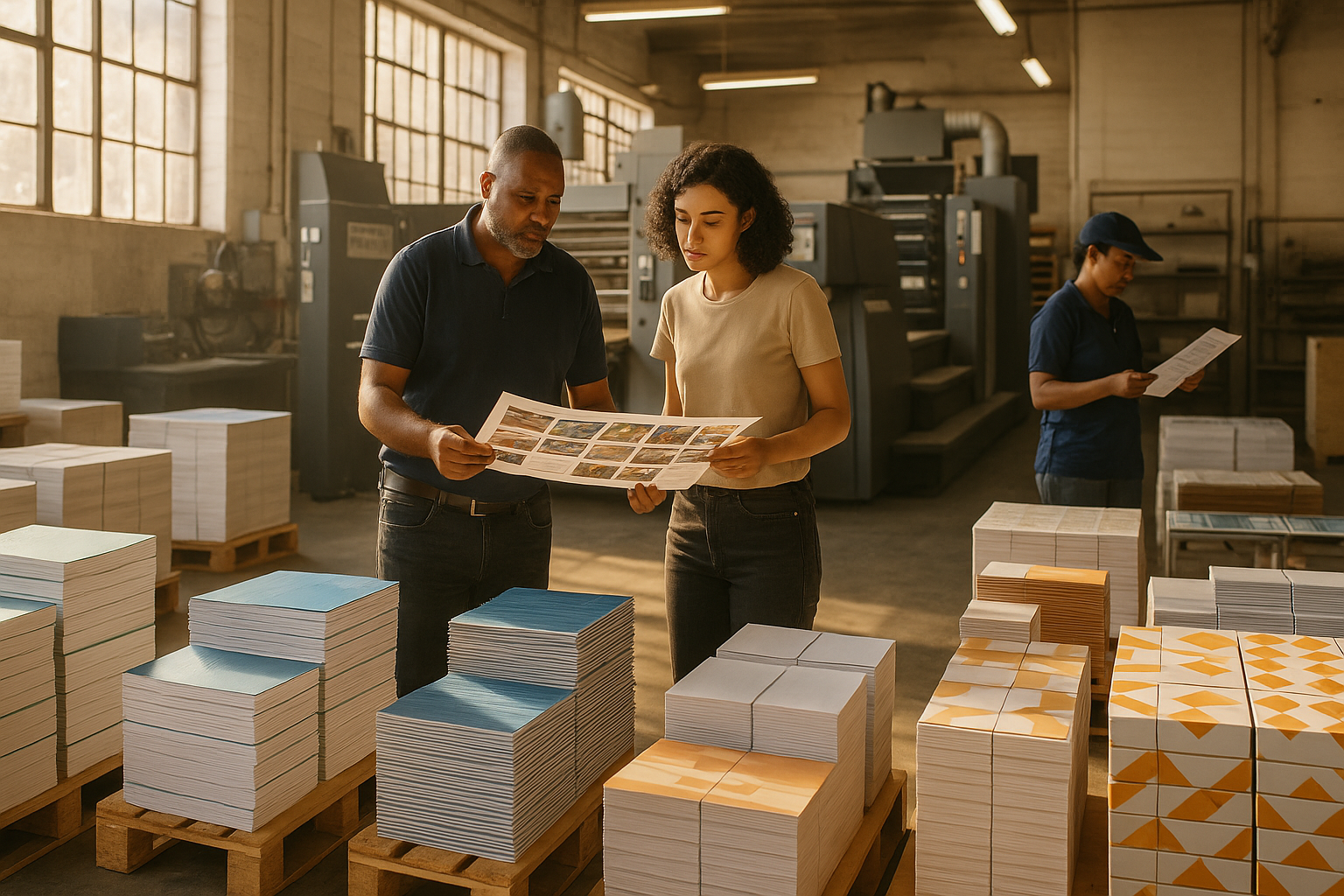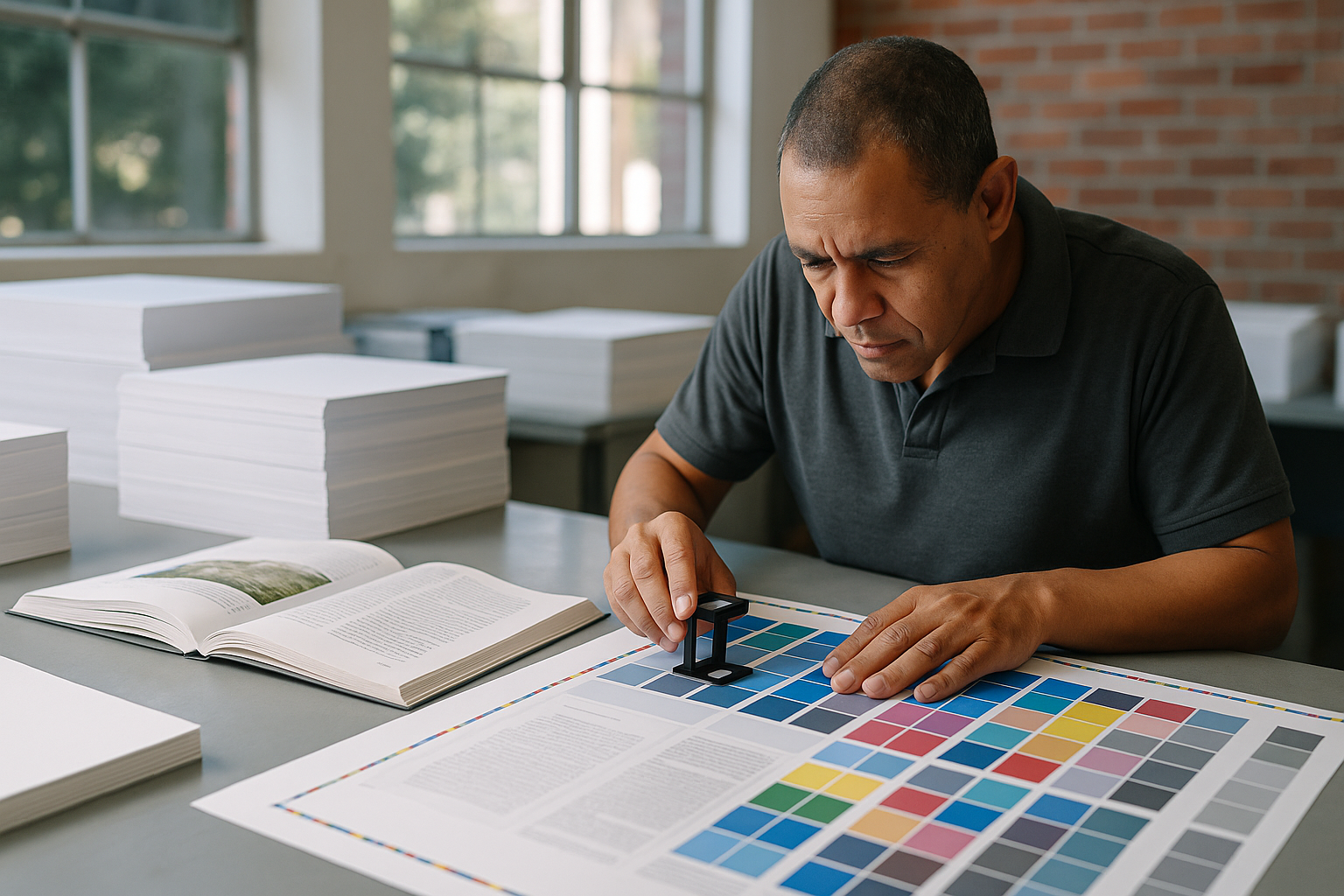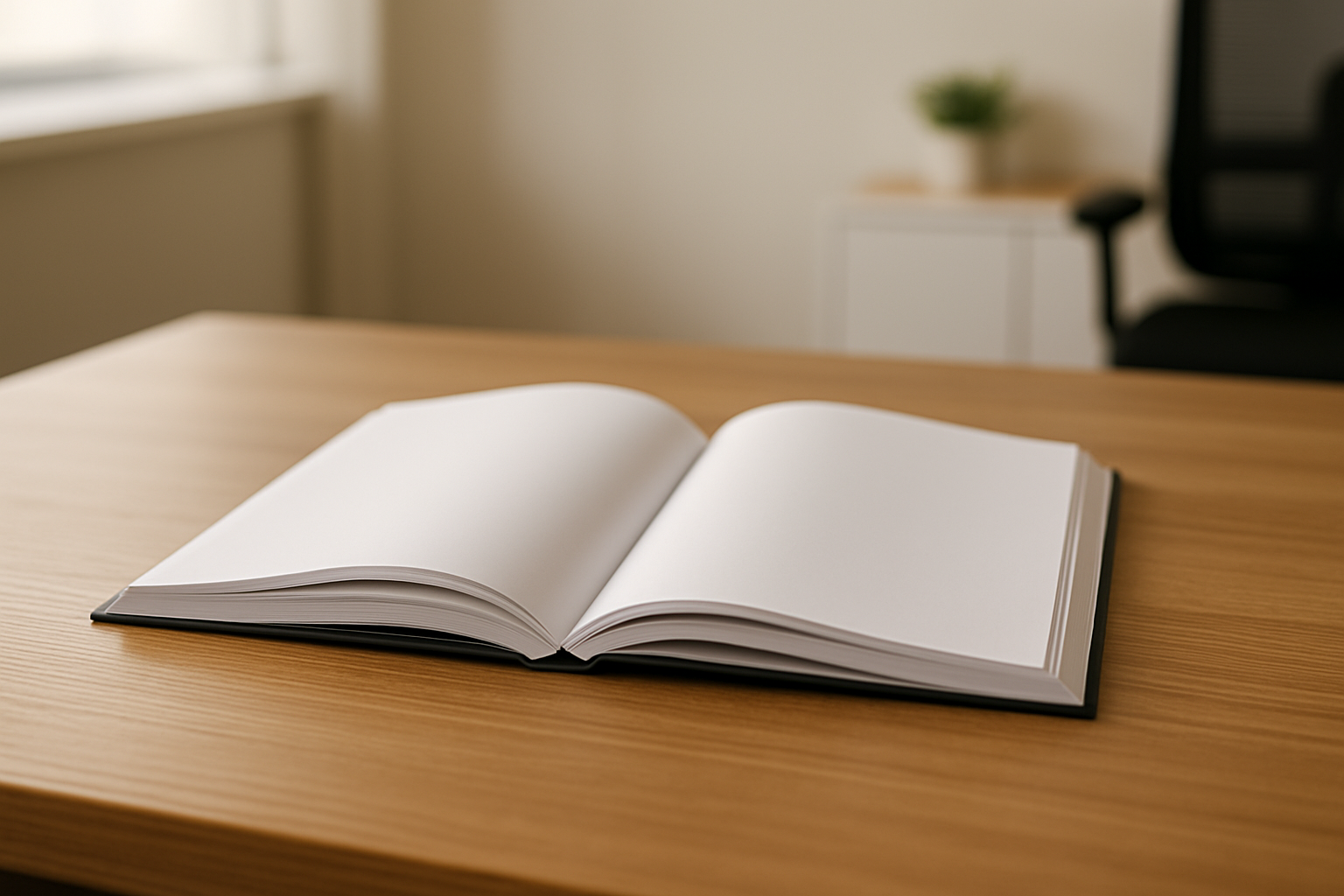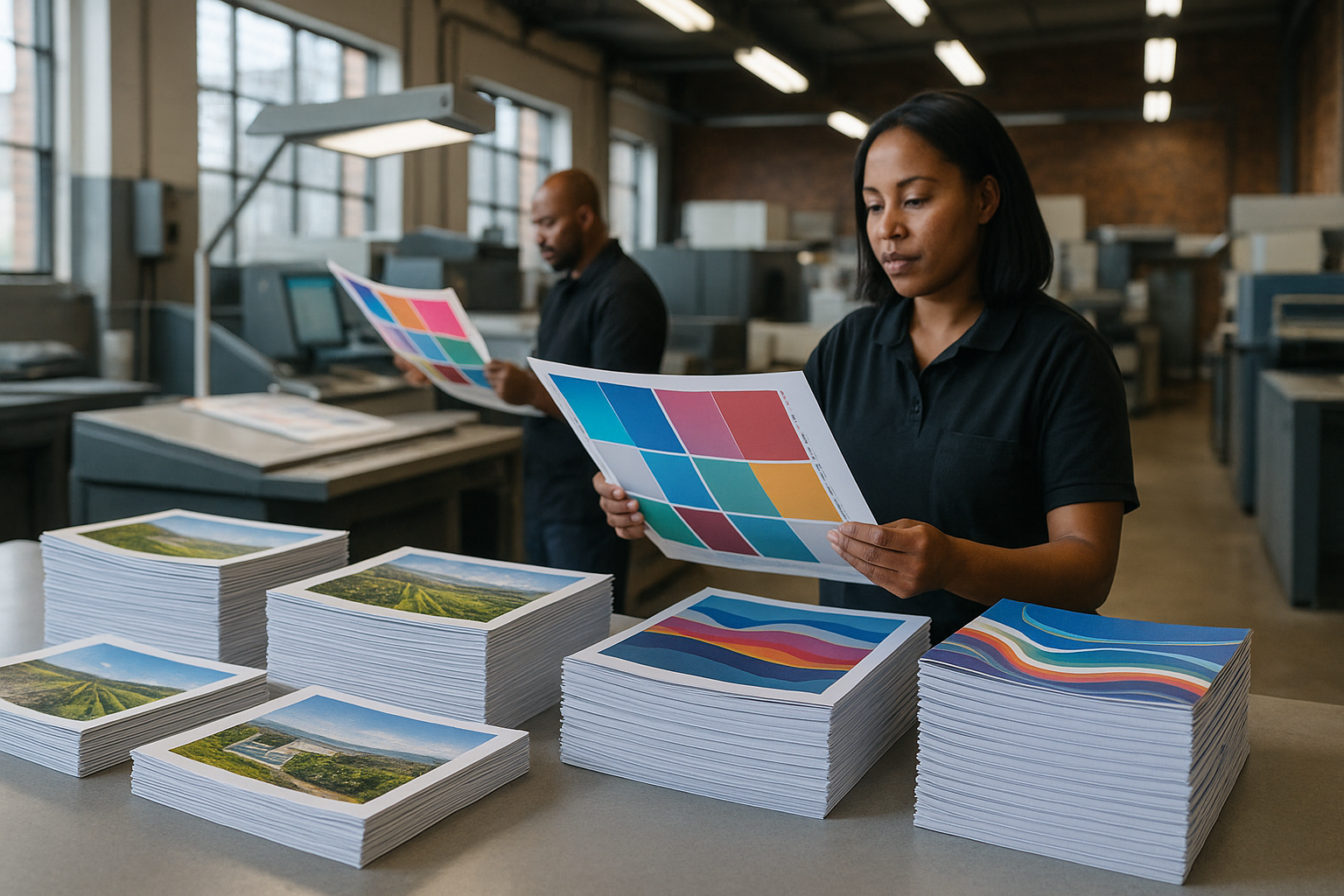Litho Printing has been the backbone of high-quality commercial and educational printing for decades, and it remains a top choice for schools, publishers and businesses across South Africa that need crisp colour, consistent results and cost-effective bulk runs.
What is Litho Printing and how does it work?
Litho Printing—short for lithographic printing—is an offset process that transfers an inked image from a plate, then onto paper. The technique separates image and non-image areas chemically so water repels ink on the blank areas while greasy ink adheres where the image should print. This indirect transfer is excellent for fine detail, smooth gradients and accurate colour reproduction.
According to Wikipedia, the lithographic principle dates back to 1796 and has been continuously refined for commercial offset presses. Litho Printing is widely used in catalogue printing, brochure printing, booklet printing, and high-volume book and textbook printing because of its ability to deliver consistent quality across long runs.
Why is Litho Printing still the gold standard for quality?
Litho Printing remains the gold standard for quality because of its combination of colour fidelity, paper flexibility and economies of scale. For large print runs—such as school textbooks or full-colour catalogues—litho achieves a level of sharpness, tonal range and Pantone matching that many digital processes can’t match in the same price bracket.
Key reasons it’s preferred include:
- Consistent colour across thousands of sheets
- Wide selection of paper stocks and weights
- High-resolution printing suitable for photographs and fine type
- Special finishes (spot UV, varnish, aqueous coatings) applied inline or offline
For South African publishers preparing school term materials or businesses printing marketing materials, litho provides the finish and durability expected in educational printing and commercial packaging alike.
When should you choose Litho Printing over digital printing?
Choose Litho Printing when quality and unit cost on medium-to-large runs are priorities. Digital printing shines for very short runs, variable-data jobs and rapid prototyping, but litho becomes more cost-effective as quantities increase and when exact colour matching (Pantone) or specific substrates are required.
Consider litho if you need:
- Bulk educational printing for schools (textbooks, workbooks)
- High-quality brochures and catalogues for product launches
- Uniform, repeatable colour for corporate or brand-critical materials
How cost-effective is Litho Printing for bulk educational printing?
Litho Printing delivers the strongest per-unit economics for bulk educational printing because set-up costs are amortised over larger runs. Schools and publishers ordering hundreds to thousands of textbooks or workbooks find litho often cuts costs by a significant margin compared with digital alternatives.
Cost drivers and considerations include:
| Factor | Effect on cost |
| Run length | Longer runs lower unit cost |
| Paper choice | Heavier or coated stocks increase cost |
| Number of colours | More plates = higher set-up cost but better colour accuracy |
| Finishing (binding, trimming) | Additional unit and setup costs |
For school term preparation and bulk deliveries across South Africa, working with a partner experienced in textbook printing and distribution can reduce waste and ensure timely delivery.
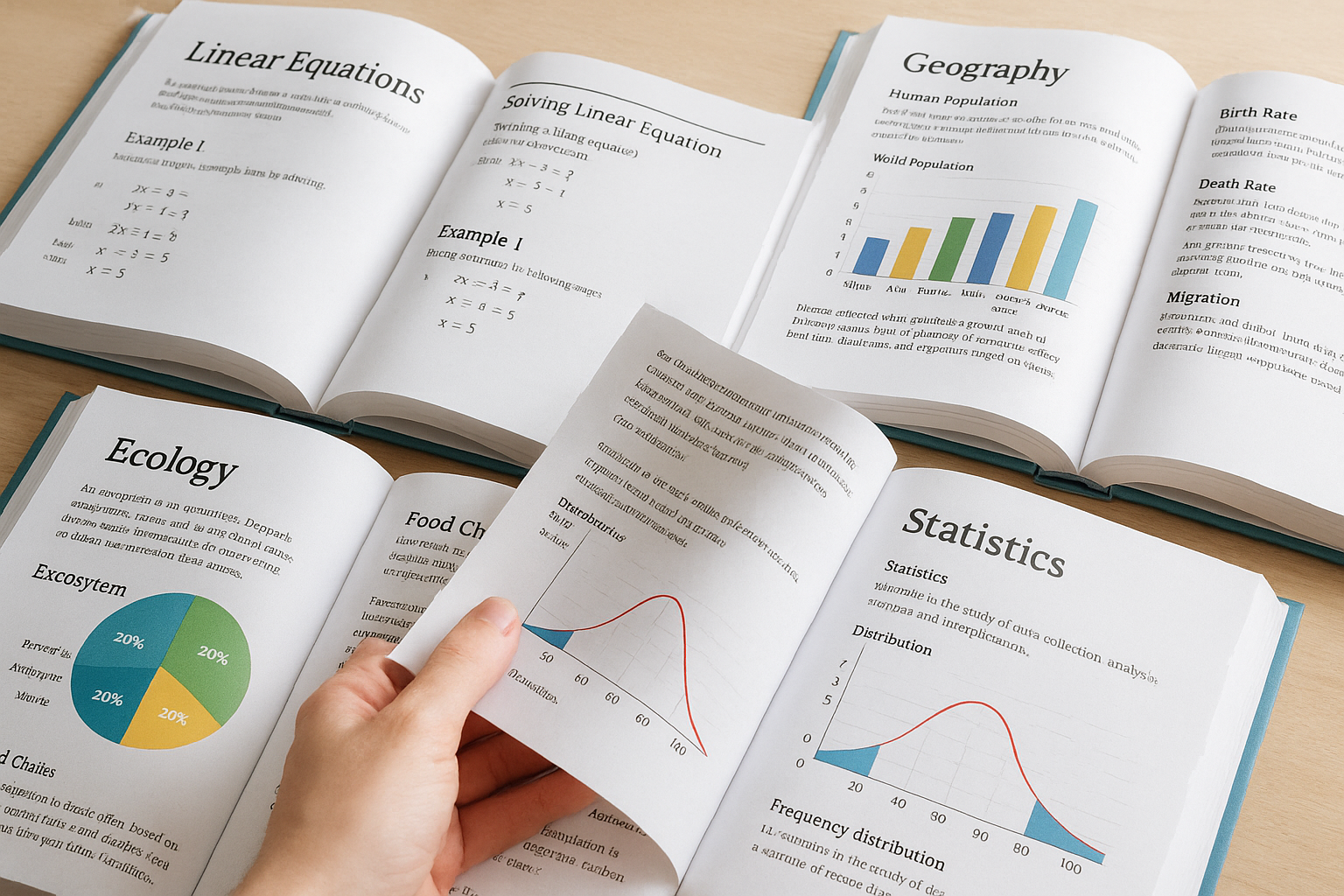
What finishes and custom options are available with Litho Printing?
Litho Printing supports a wide range of custom finishes that add durability and perceived value. These finishes are especially useful in brochure printing, catalogue printing and bespoke packaging where texture, gloss and protection matter.
Common finishes include:
- Aqueous coating — quick-drying water-based protection
- UV coating — high-gloss protection for rich colour pop
- Spot varnish/UV — highlight specific areas for impact
- Lamination (matte or gloss) — tactile finish and scuff resistance
- Embossing/debossing and foil blocking — premium tactile effects
These options are frequently used by small business marketing materials, event materials and custom publishing projects to stand out on-shelf or at events.
How fast can litho jobs be turned around and delivered across South Africa?
Turnaround depends on run size, paper availability, finishing complexity and distribution requirements. For many commercial printers in South Africa, standard litho jobs (brochures, booklets, short-run textbooks) can be completed in 5–10 working days; complex projects may require additional lead time for plates, proofs and special substrates.
Fast turnaround strategies include pre-booking press time, supplying print-ready files, and choosing common paper stocks. For urgent projects, discuss partial runs or hybrid workflows—where initial quantities are produced digitally and full litho runs follow—to meet immediate demand while keeping costs efficient for the main run.
Is Litho Printing eco-friendly and what sustainable options exist?
Modern litho presses and workflows have made significant strides in environmental performance. Options that improve sustainability include sourcing FSC-certified paper, using eco inks, recycling press wash and offcuts, and choosing aqueous rather than solvent-based coatings.
According to the Printing Industries Federation of South Africa, the industry is increasingly adopting greener practices to reduce waste and energy consumption. Many printers in South Africa now offer eco-friendly printing options for schools and businesses aiming to reduce their carbon footprint.
How does Litho Printing apply to school textbook and booklet printing?
Litho Printing is a primary method for school textbook printing and booklet printing because of its ability to handle bulk runs economically while maintaining high legibility and colour stability. When printing educational materials, durability, readable type sizes and consistent registration for images and charts are critical.
Practical tips for education printing:
- Choose coated interiors for colour-heavy pages and uncoated for text-heavy textbooks
- Consider sewn or perfect binding depending on book thickness and lifecycle
- Order in larger batches to reduce unit cost and ensure supply for school terms
For specialised services, see dedicated offerings like textbook printing, booklet printing, and other education-focused print solutions such as education printing.
How do colours and Pantone matching work in Litho Printing?
Litho Printing typically uses CMYK for process colour but supports spot colours (Pantone) for exact brand matches. Spot inks are mixed to match a specific Pantone reference and printed with dedicated plates to ensure consistency across runs and substrates.
When colour fidelity matters—for example, corporate identities, product catalogues or branded education materials—using Pantone spot colours or a calibrated colour management workflow reduces variability. Printers will often provide press proofs or hard-copy colour proofs to confirm matches before the full run.
What file specifications and prepress steps are required for successful litho jobs?
Preparing files correctly avoids delays and additional costs. Typical litho prepress requirements include high-resolution images (300 dpi), CMYK or specified spot colours, embedded fonts or outlined text, bleeds (usually 3–5 mm), and crop marks. Preflight checks, plate-making and proofing are standard steps before press.
Common prepress checklist:
- PDF/X-1a or PDF/X-4 exported with bleed and trim
- All images in CMYK at 300 dpi
- Fonts embedded or converted to outlines
- Spot colours indicated clearly if used
- Bleed and safe zones adhered to for trimming
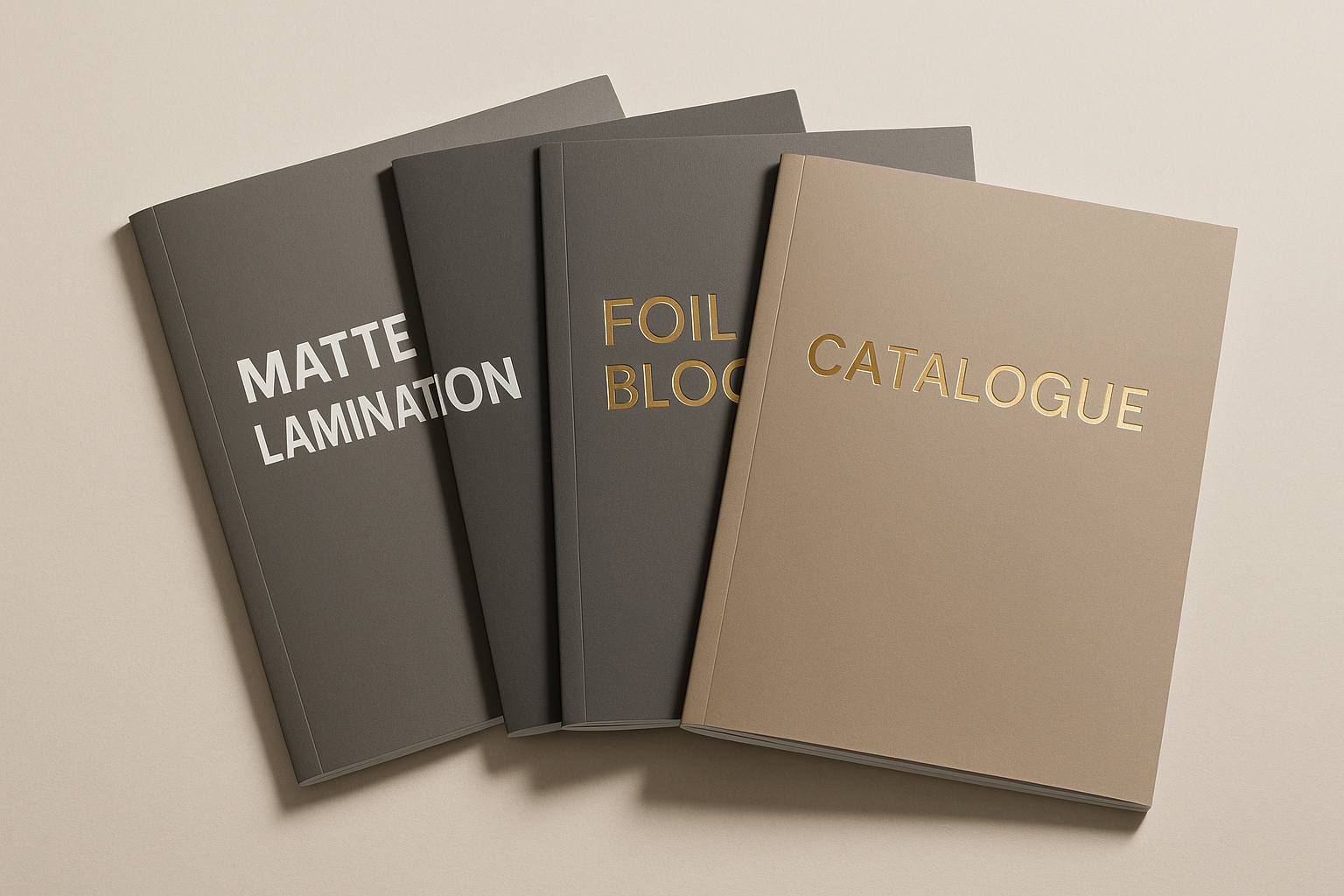
How do you estimate costs and place orders for small businesses and bulk runs?
Estimating litho costs involves calculating set-up (plates, proofs), press time, substrate, finishing and binding. Many printers provide tiered quotes showing per-unit costs at various quantities so you can identify the break-even point where litho becomes cheaper than digital.
Steps to a smooth ordering process:
- Define final size, paper choice, colours and finishing
- Request a quote with quantity tiers and delivery costs across South Africa
- Approve a proof (digital or hard-copy) before full production
- Confirm delivery windows and logistics—many printers offer nationwide distribution
For brochures and marketing materials, explore specific services like brochure printing services or catalogue printing to get tailored quotes and production timelines.
What common issues arise and how are they resolved in Litho Printing?
Common litho issues include colour variation between proofs and press, registration problems, pinholes or scumming, and finishing misalignment. Experienced prepress technicians and press operators will diagnose and correct these during make-ready: adjusting ink keys, cleaning plates, recalibrating registration and re-proving as needed.
Tips to avoid problems:
- Use certified proofing and provide clear Pantone references
- Allow adequate lead time for prepress and plate-making
- Choose experienced printers for specialised finishes
According to industry guidance, planning and proper preflight reduce repeat runs and waste, keeping costs and delivery predictable.

How do litho and digital printing work together for flexible delivery models?
Many printers combine litho and digital workflows to offer the best of both worlds: litho for the main bulk run and digital for smaller supplementary runs or personalised inserts. This hybrid approach is useful for print-on-demand needs or phased rollouts where immediate quantities are required while larger runs are being prepared.
Use cases include:
- Initial small run via digital to meet immediate demand, followed by litho for the main stock
- Personalised cover or pull-out materials printed digitally and inserted into litho-produced books
- Event handouts produced quickly on digital for last-minute changes while core collateral is litho printed
Summary: Is Litho Printing right for your next project in South Africa?
Litho printing is the go-to solution when you need high-quality, repeatable results for brochures, catalogues, textbooks, and large-volume business stationery. For South African schools, publishers, and businesses, litho delivers durability, cost-efficiency, and a wide range of finish options — making it ideal for education cycles, events, and national marketing campaigns. Whether you’re preparing for a new school term or rolling out a product catalogue across the country, litho remains a professional, reliable option.
According to the Printing Industries Federation of South Africa, the local industry continues to play a vital role in supporting education and commerce with professional print services. Many providers now also offer eco-friendly options to reduce environmental impact. For a proven partner, turn to Print It ZA. Their expertise spans textbook printing, booklet printing, and book printing, ensuring your litho printing projects are aligned with your goals, budget, and timelines.
Contact Print It ZA today, we will bring your Litho Printing project to life.
Contact us today for a free quote and speedy service.
